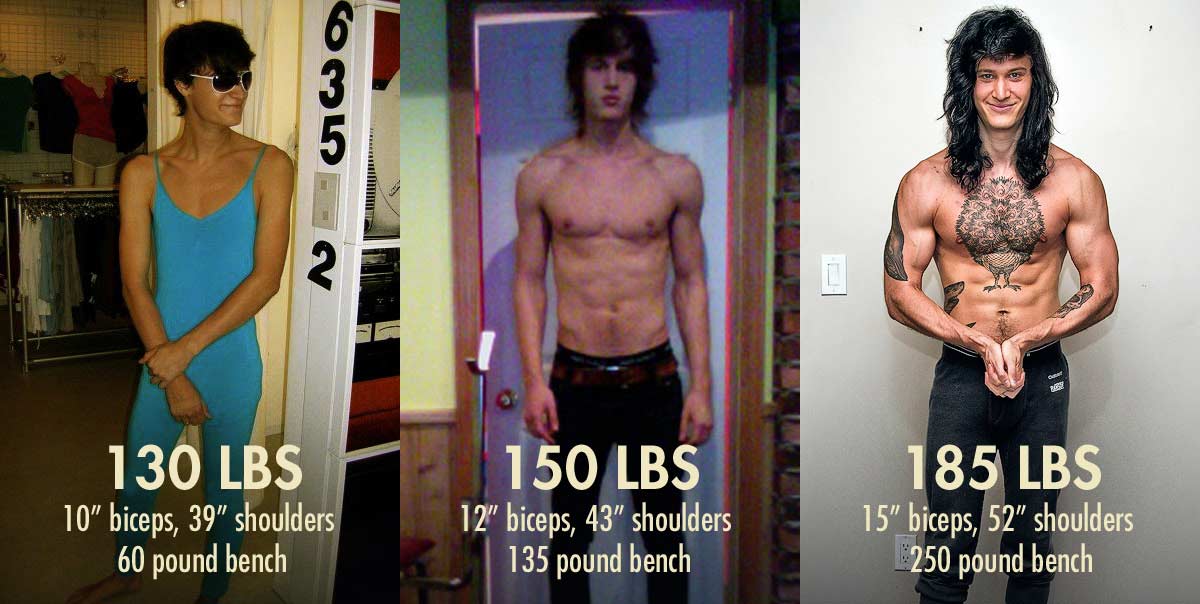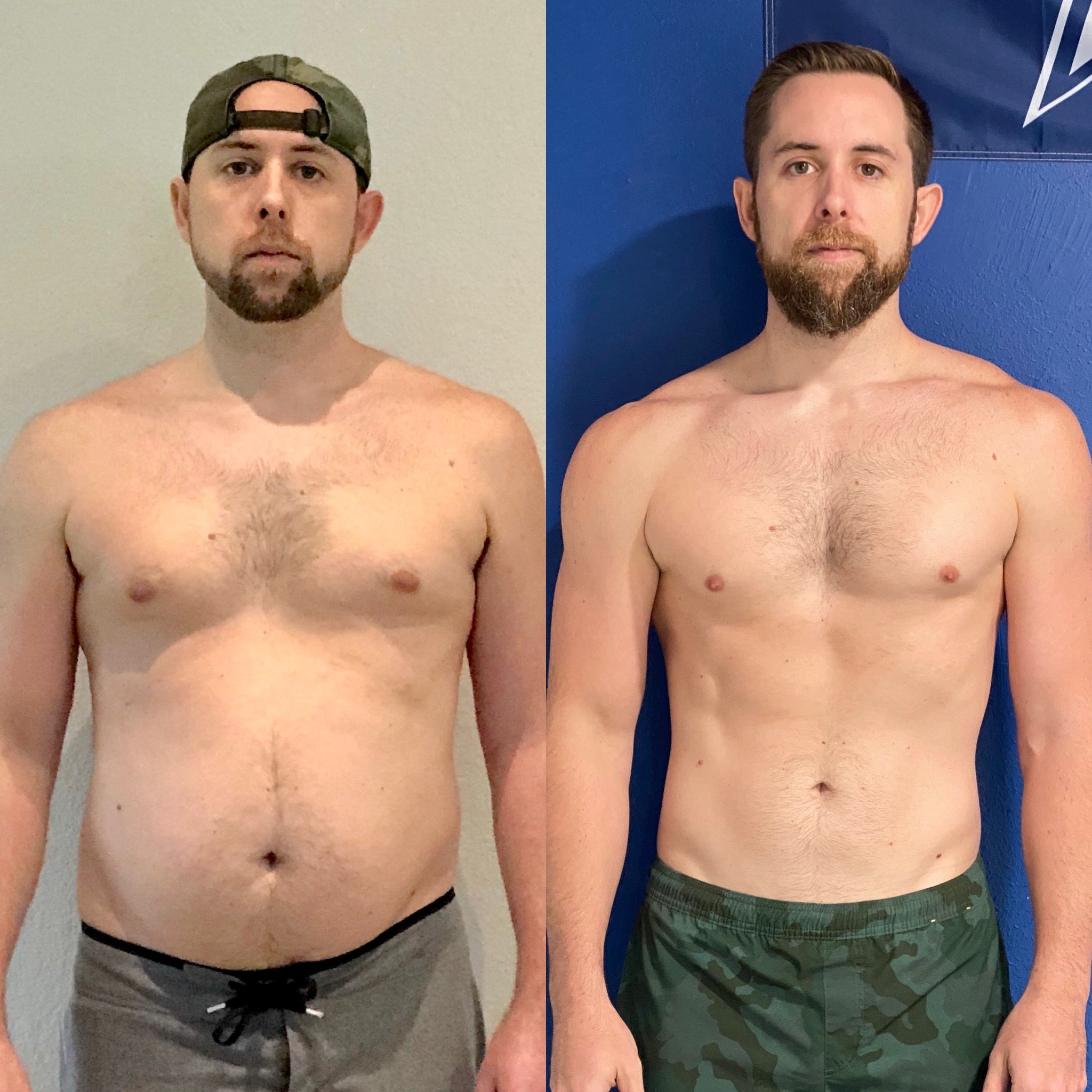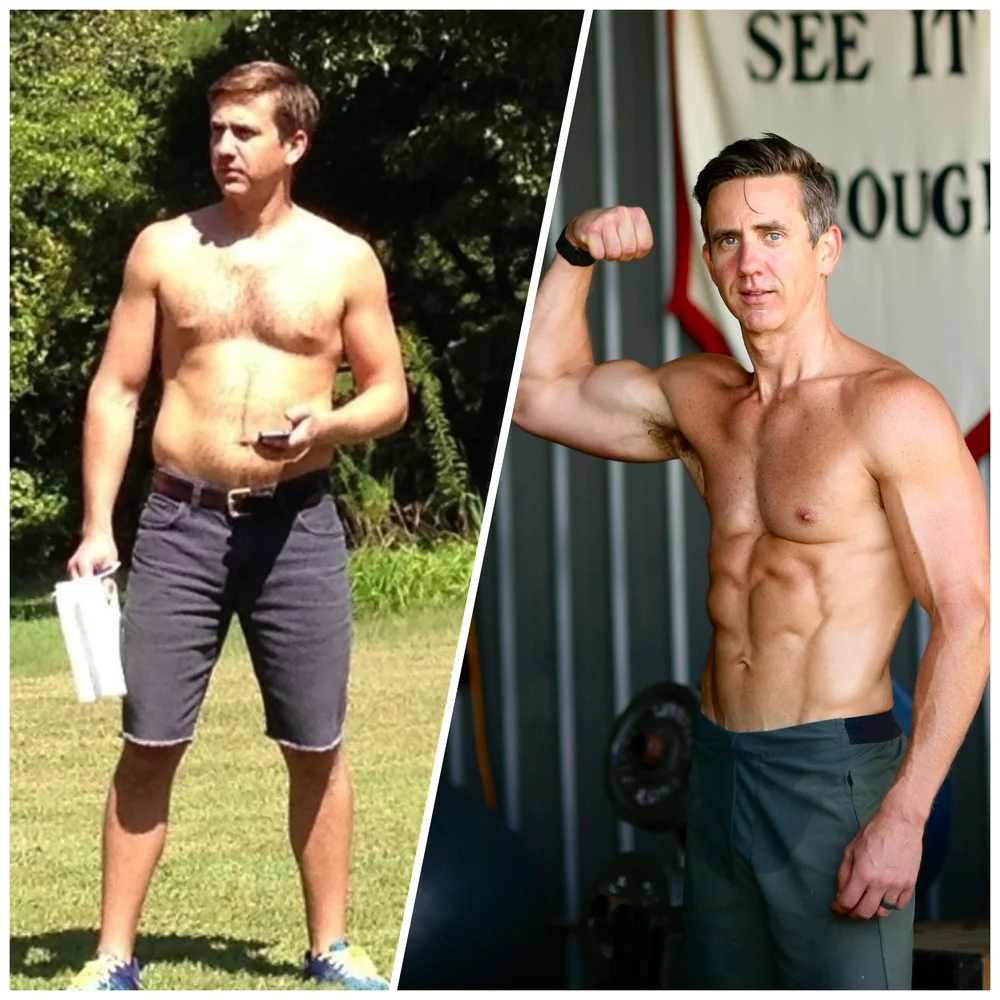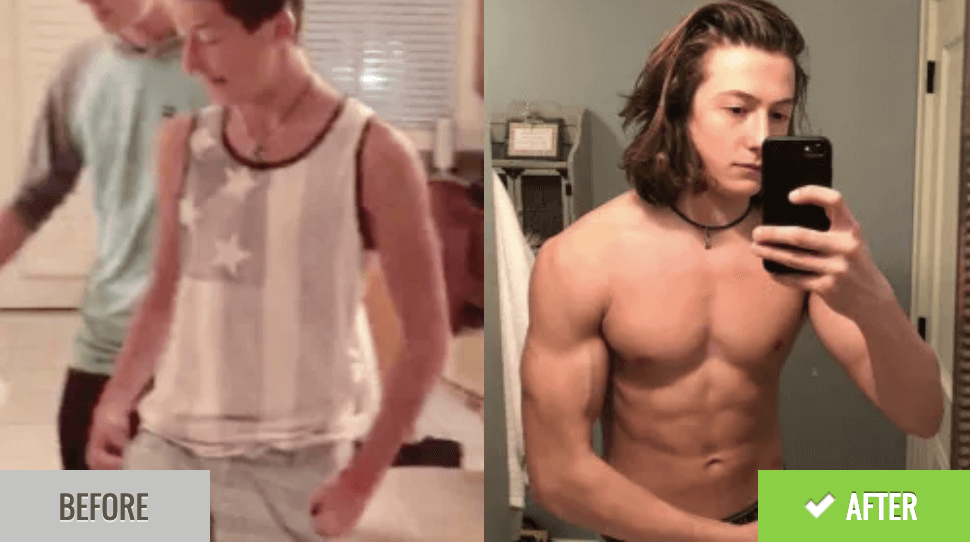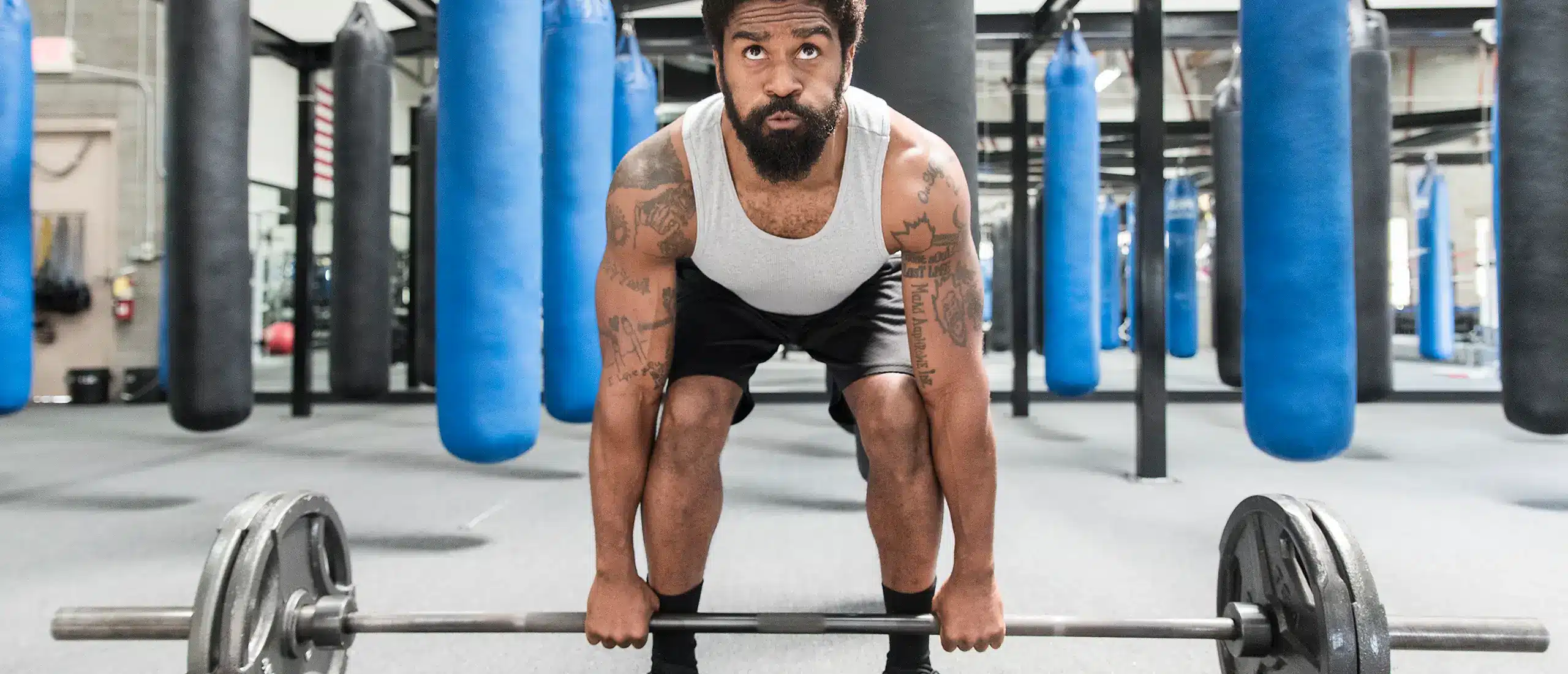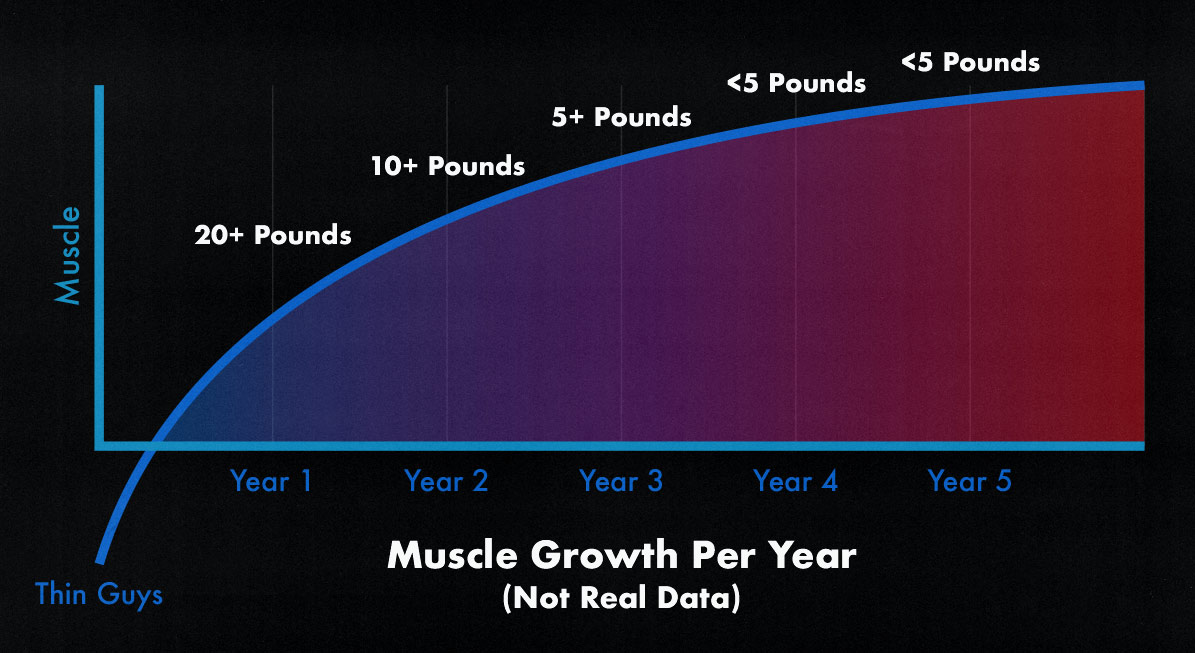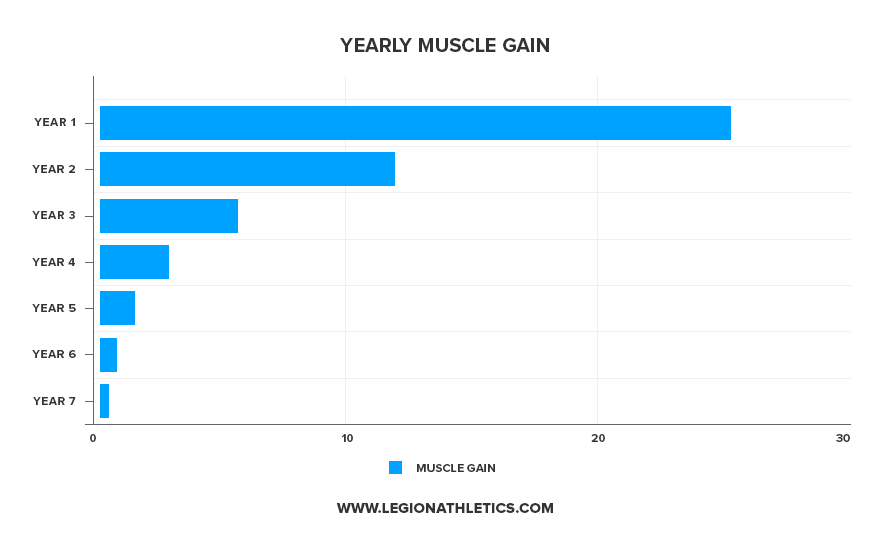How Long Does Beginner Gains Last

The gym air hangs thick with the scent of iron and ambition. A young man, barely out of his teens, grins as he racks the barbell after a set of squats. His muscles, still trembling, seem to have grown visibly larger since he started his fitness journey just a few months ago. He’s experiencing something many dream of – the rush of beginner gains.
But how long can this rapid progress really last? The phenomenon of beginner gains, characterized by swift increases in strength and muscle mass during the initial stages of weight training, is a powerful motivator. This article explores the science behind these gains, their typical duration, and strategies to sustain progress long after the initial surge fades.
Understanding Beginner Gains
Beginner gains refer to the accelerated rate of muscle growth and strength improvement experienced by individuals new to resistance training. This period is often marked by noticeable changes week after week, fueling enthusiasm and encouraging continued effort.
Several factors contribute to this rapid adaptation. Firstly, the body is highly responsive to the novel stimulus of weightlifting. Even relatively simple workouts can trigger significant muscle protein synthesis, the process by which muscles repair and grow.
Secondly, neural adaptations play a crucial role. The nervous system becomes more efficient at recruiting muscle fibers, improving coordination, and allowing for greater force production. This neurological improvement contributes to strength gains even before significant muscle hypertrophy (muscle growth) occurs.
The Timeline: How Long Does It Last?
Determining the exact duration of beginner gains is challenging as it varies based on individual factors. These include genetics, training frequency, diet, sleep, and overall lifestyle.
However, a general consensus among fitness professionals suggests that beginner gains typically last for 3 to 6 months. During this period, individuals can expect to see significant improvements in both strength and muscle size.
After this initial phase, the rate of progress gradually slows. The body becomes more accustomed to the training stimulus, and further gains require more strategic programming and consistent effort.
According to a study published in the Journal of Strength and Conditioning Research, the rate of muscle growth tends to plateau after approximately six months of consistent resistance training. This highlights the importance of adapting training strategies to continue making progress beyond the beginner phase.
Factors Influencing the Duration and Magnitude of Beginner Gains
Several key elements can influence both how quickly and how significantly a beginner experiences these gains.
Training Experience: Prior experience with any form of physical activity can influence the magnitude and duration of initial gains. Individuals with a background in sports or other forms of exercise may adapt slightly faster initially.
Genetics: Genetic predispositions play a significant role in muscle growth potential. Some individuals are simply more genetically gifted for building muscle than others. This doesn't mean that those who aren't genetically blessed can't achieve their goals, just that they may need to work harder and be more strategic with their training and nutrition.
Nutrition: Adequate protein intake is essential for muscle repair and growth. Consuming sufficient calories, with an emphasis on whole, unprocessed foods, provides the energy needed to fuel workouts and support recovery.
Sleep: Sleep is crucial for recovery and muscle protein synthesis. Aiming for 7-9 hours of quality sleep each night can significantly impact progress. During sleep, the body releases hormones that facilitate muscle repair and growth.
Training Program: A well-structured training program that includes progressive overload, proper exercise selection, and sufficient rest is crucial for maximizing gains. Progressive overload involves gradually increasing the weight, reps, or sets over time to continually challenge the muscles.
What Happens After Beginner Gains?
As the initial surge of beginner gains subsides, progress becomes more gradual and requires a more sophisticated approach. This is where many individuals hit a plateau and may become discouraged.
However, the slowdown in progress is a natural part of the training process. It simply means that the body has adapted to the initial stimulus and requires a new challenge to continue growing.
To continue making progress after the beginner phase, consider the following strategies:
- Periodization: Varying training intensity, volume, and exercise selection over time to prevent plateaus. This might involve cycling through different training phases, such as strength, hypertrophy, and power.
- Advanced Training Techniques: Incorporating techniques such as drop sets, supersets, and eccentric training to further challenge the muscles. These techniques can increase training intensity and stimulate further muscle growth.
- Optimizing Nutrition: Fine-tuning macronutrient ratios and timing to support continued muscle growth and recovery. This may involve tracking calorie and macronutrient intake more closely and adjusting based on progress.
- Prioritizing Recovery: Ensuring adequate sleep, managing stress, and incorporating active recovery strategies to facilitate muscle repair and growth. Active recovery can include light cardio, stretching, or foam rolling.
Maintaining Momentum
The key to long-term success in fitness is consistency and adaptability. Accept that progress won’t always be linear and that there will be periods of faster and slower gains.
Focus on setting realistic goals and celebrating small victories along the way. Tracking progress, whether through weight lifted, body measurements, or photographs, can help stay motivated and identify areas for improvement.
Seek guidance from qualified fitness professionals who can provide personalized training plans and nutritional advice. A certified personal trainer or registered dietitian can help optimize training and nutrition strategies for individual goals and needs.
"The journey of a thousand miles begins with a single step," - Lao Tzu.Remember that fitness is a marathon, not a sprint.
Embrace the process, stay patient, and celebrate the journey of becoming stronger and healthier.
The Psychological Aspect
It's also important to address the psychological aspects of moving beyond beginner gains. The initial rapid progress can be incredibly motivating, and it can be disheartening when that momentum slows down.
Shifting the focus from solely chasing numbers on the scale or the amount of weight lifted to other benefits of exercise, such as improved mood, increased energy levels, and better sleep, can help maintain motivation during periods of slower progress.
Furthermore, focusing on the process rather than just the outcome can enhance enjoyment and adherence. Enjoying the workouts and the feeling of accomplishment after each session is key to long-term success.
Conclusion
Beginner gains are a real and exciting phenomenon, offering a taste of what's possible through consistent effort and proper training. While the initial surge of rapid progress may not last forever, the principles learned and the habits established during this period can lay the foundation for a lifetime of strength and fitness.
By understanding the science behind beginner gains, recognizing the factors that influence their duration, and adapting training strategies as progress slows, individuals can continue to achieve their fitness goals long after the initial burst of momentum fades. The journey is ongoing, and the rewards are well worth the effort.
The young man in the gym, the one brimming with the confidence of newfound strength, has a long road ahead. But with knowledge, dedication, and a sustainable approach, his gains – beginner and beyond – can continue to shape him, inside and out, for years to come.
